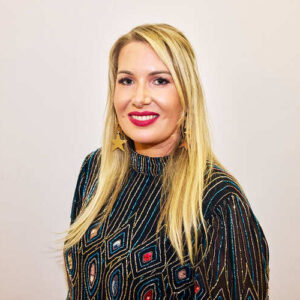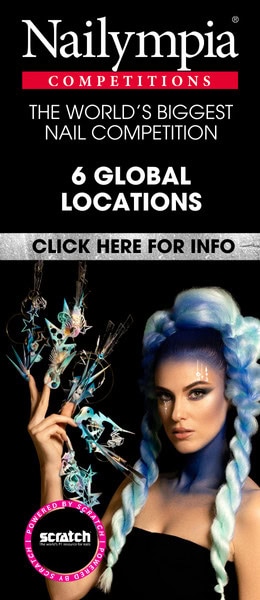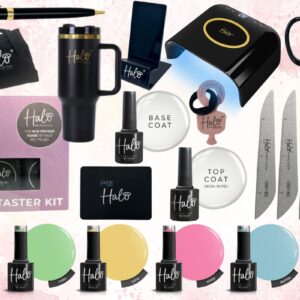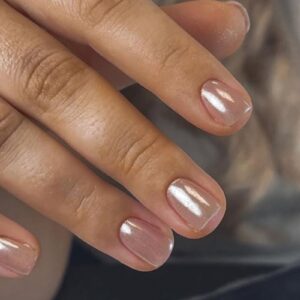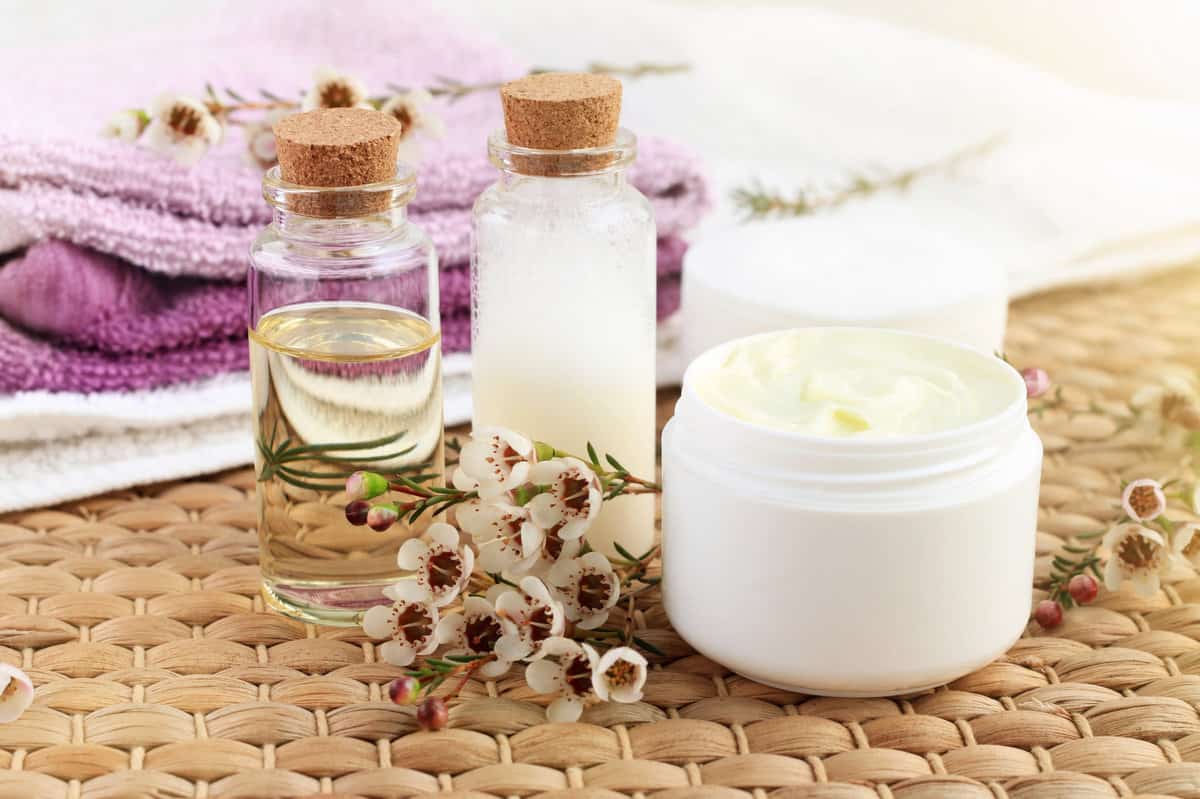
With 2018 seeing an increasingly conscious approach across all industries, Scratch quizzes experts about veganism – and the properties upheld by the increasing numbers of vegan nail and beauty products.
 To be considered vegan, a product or service must be free of any animal-derived ingredients. “This includes ingredients such as carmine and beeswax,” comments Abigail Stevens, trademark relations office at The Vegan Society. “To be vegan, products also need to not be tested on animals, and if you develop or have your own range, registering your products with the International Vegan Trademark is a great way of ensuring they meet vegan requirements, and can help you to promote it once they have been registered.”
To be considered vegan, a product or service must be free of any animal-derived ingredients. “This includes ingredients such as carmine and beeswax,” comments Abigail Stevens, trademark relations office at The Vegan Society. “To be vegan, products also need to not be tested on animals, and if you develop or have your own range, registering your products with the International Vegan Trademark is a great way of ensuring they meet vegan requirements, and can help you to promote it once they have been registered.”
Appealing to Vegans
“Why shouldn’t a professional beauty brand go vegan?” asks Abigail. “There’s nothing to lose and everything to gain by ditching animal-derived ingredients and taking a stance against animal testing. It helps demonstrate a strong sense of ethics that allows consumers to connect with your story, and you’ll appeal to the huge growing audience of beauty lovers who are after alternatives.
“People who follow a vegan lifestyle, or who want to reduce their impact on animals can often struggle to find vegan-suitable treatments. A trip to the salon or spa should be a relaxing experience, right? Unfortunately not for this group. Booking in means desperately searching a spa or salon’s website for brand names that are used there, to be put under further scrutiny and researched before they can commit to a treatment. By using products that are inclusive for this audience, it will take the stress out of the experience for these individuals and give your business a competitive edge.
“There are many professional products out there that meet the criteria of being vegan, but they may not promote themselves as such. Many of the brands you already stock and use may even be suitable. Directly asking these companies for more information about their ingredients and testing policies is a great start. Also, consider the other material and products used in a treatment that have silk or real animal fur in them.”
 Scientist and nail expert, Doug Schoon dispels marketing myths surrounding vegan products in his book, Face-to-Face with Doug Schoon.
Scientist and nail expert, Doug Schoon dispels marketing myths surrounding vegan products in his book, Face-to-Face with Doug Schoon.
“Very few nail products use any animal by-products. Many nail polishes could claim to be vegan but don’t because they don’t consider it a meaningful claim.
“Many years ago, some nail polishes used to contain fish scales, which created a sparkle effect, but that’s not been done for years as superior synthetic sparkle effects are now used.
“There are only two other possible sources of animal by-product that I’m aware of. A few red shades of nail polishes still use carmine as a pigment. It is extracted from insects, which bothers some vegans who consider insects as animals.
“Some naturally occurring clays – used to control the thickness of nail polish – are modified with a small amount of tallow from cows to increase effectiveness. However, manufacturers tell me that very few brands of nail polish continue to plant modified clay.
“I have an open mind about this issue and respect vegans who look for vegan cosmetics,” he concludes. “However, being a ‘vegan nail polish’ does not make these any safer than other nail polishes. This a personal lifestyle preference and not related in any way to safety. The public has been tricked into think some types of polish are not safe, when all nail polish can be used safely.”

Read the latest issue



